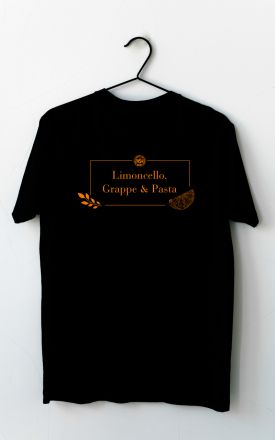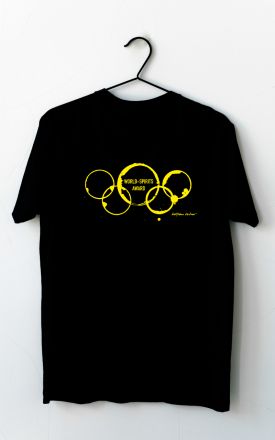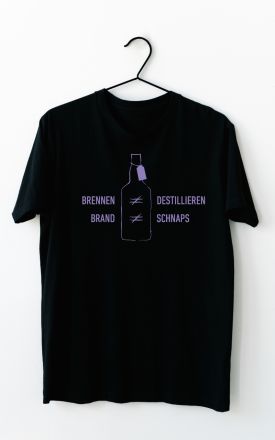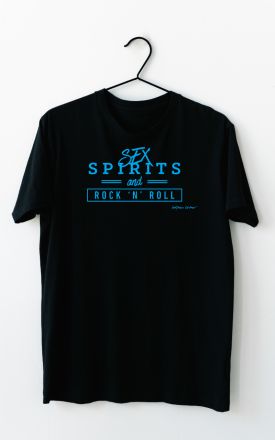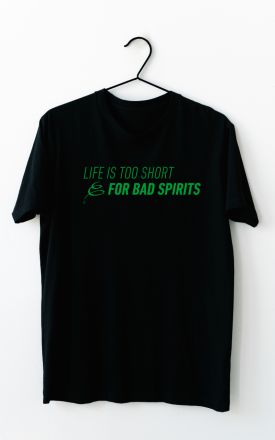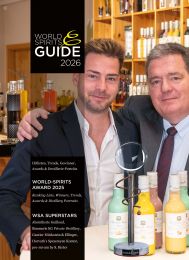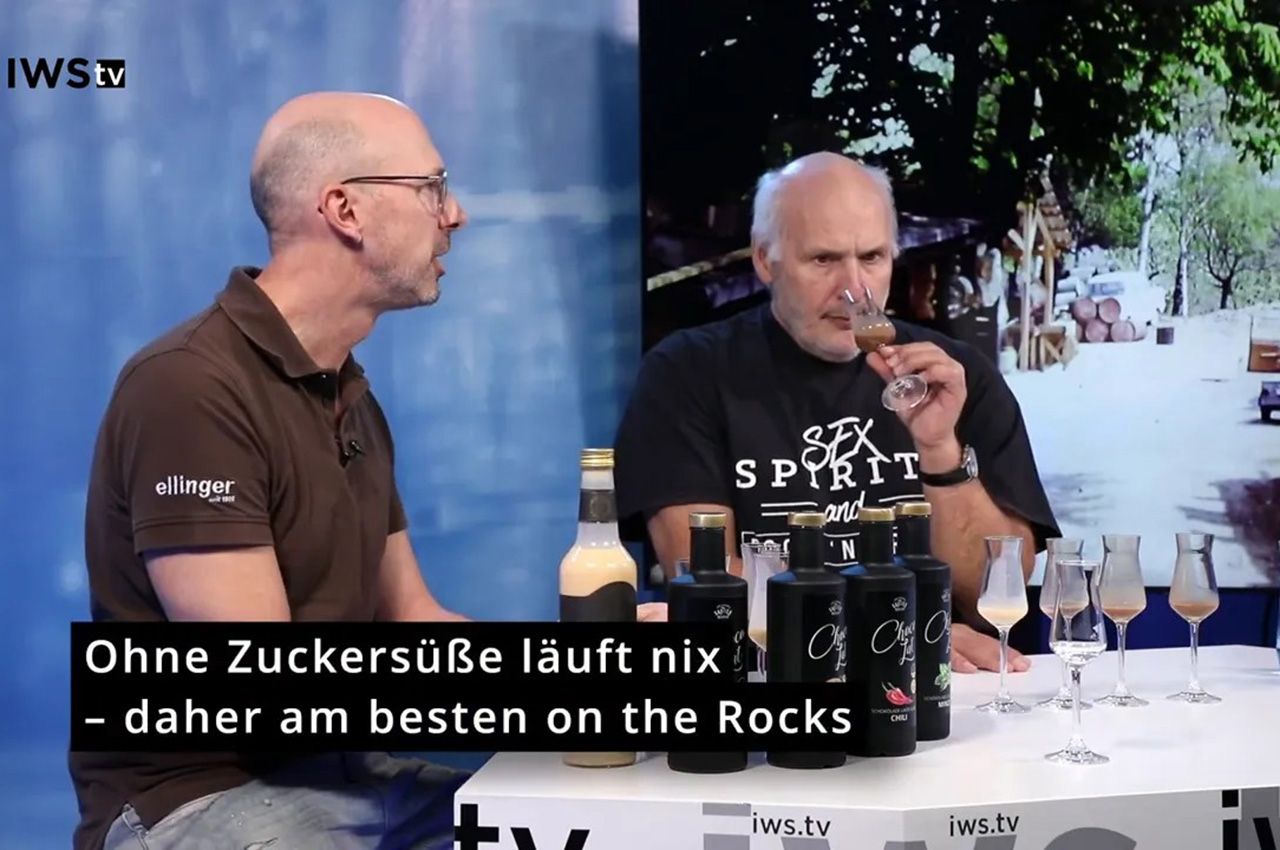
Table of Contens
- What is wine brandy (Weinbrand)
- Types of brandy made from grapes
- How brandy is produced: fermentation distillation and aging
- EU rules and the legal definition of wine brandy
- The Difference between Brandy, Cognac & Armagnac explained in practical terms
- Aromas flavor profiles and how style is created
- How to enjoy wine brandy
- FAQ
The Difference between Brandy, Cognac & Armagnac
The Difference between Brandy, Cognac & Armagnac is a question that invites both simple definitions and a deeper look into geography, technique, and tradition. At its core the discussion concerns distilled wine and the many paths that grape juice can take once fermentation is complete. This article explains what wine brandy is how it is made and how regional specialities like Cognac and Armagnac diverge from generic brandy. The Difference between Brandy, Cognac & Armagnac is explored through production methods aging rules allowed additives and the aromas that arise when grape yeast and wood meet.
What is wine brandy?
Wine brandy is simply distilled wine. That single sentence hides a wide world of styles. When wine is distilled the resulting spirit carries not only the sugars and acids that once made the wine but also traces of the yeast that created it. This residuum of yeast together with grape-derived compounds and any influence from wood during maturation forms the foundation of wine brandy.
Wine brandy can be a lean focused spirit or a rich full bodied expression. Some wine brandies are made to be light and bright while others are matured or handled in ways that build weight and complexity. Famous regional examples that skew toward richness include Armagnac and Cognac both of which are types of wine brandy but with stricter rules and distinctive production methods. The Difference between Brandy, Cognac & Armagnac often comes down to what the producer allows and how much regional tradition shapes every choice from grape to barrel.
Different products from grapes: types of brandy
Grapes can yield several distinct distilled products depending on what is distilled and how. Common categories include:
- Grape brandy distilled from grape juice or wine with emphasis on the grape's varietal character.
- Yeast brandy a term that highlights the sensory contribution of yeast still present in the distillate.
- Pomace brandy distilled from the leftover skins seeds and stems after pressing (pomace); examples include Italian grappa and French marc.
- Wine brandy distilled wine often aged in wood and labeled according to regional regulations.
When steam and heat concentrate wine the spirit captures a complex mixture of esters phenols and volatile compounds. This is why one hears descriptions like berry estery yeast or even pastry and croissant like notes. The term pomace brandy however points to a very different raw material and therefore a different aromatic profile.
How is wine distilled and why yeast matters?
Distillation begins with fermented wine. Yeast played its role in fermentation and traces of that yeast character remain in the liquid that is distilled. Distillation concentrates alcohol and aromatic compounds but does not erase the imprint of yeast. That is why wine brandy often carries hints of fermentation alongside grape fruit and wood derived flavors.
The method of distillation has a major influence on character. Pot still distillation tends to retain more congeners and can yield rounder more aromatic spirits. Continuous or column still distillation can create cleaner higher proof spirits that may be lighter on esters and heavy on straightforward alcohol and oak interaction once aged. Armagnac historically uses the alembic column designed for Armagnacachais single pass distillation which preserves a broader aromatic array while Cognac is associated with copper Charentais pot stills and typically double distillation. The Difference between Brandy, Cognac & Armagnac is therefore rooted in part in the equipment and the distiller's intent.
Ageing and EU rules for wine brandy
When discussing legal definitions especially within the European Union the word Weinbrand or wine brandy has a regulatory meaning. Under EU rules to call a product Weinbrand or wine brandy the spirit must be aged for at least six months in oak containers with a maximum capacity of 1 000 liters. This rule ensures that a minimum maturation and interaction with wood occurs before the product can be marketed as wine brandy.
Small barrels or larger casks change the rate of wood influence. Producers sometimes use wood chips or staves to accelerate flavor extraction or to steer a product in a specific direction. These are legal approaches in many jurisdictions and are part of the toolbox used to achieve a consistent product. That said many premium brandies rely solely on barrel aging and the natural interplay of grape wine yeast and oak to create their style.
The Difference between Brandy, Cognac & Armagnac is also enforced by region specific rules. Cognac for example must be produced in the Cognac region following strict distillation methods and aging regulations. Armagnac likewise has its own appellation rules and production traditions. Generic wine brandy or Weinbrand can be produced in a wider range of places and with a greater variety of techniques which results in a broader spectrum of styles.
Typage and bonification: shaping a consistent style
Not all brandy relies solely on the raw distillate and barrel aging. Producers who want a characteristic house style that is achievable year after year can use additions or techniques to fine tune the product. Terms encountered in the industry include typage typagen or the use of bonificators. These practices may include the addition of oak extracts wood chips or specific finishing techniques designed to reproduce a flavor profile.
Whereas strict appellations often limit the use of these additives many producers outside those regions or under different rules can use such tools. The goal is often reproducibility. A commercial brand that customers expect to taste the same from bottle to bottle will use careful blending and sometimes permitted enhancers to reach that goal. The Difference between Brandy, Cognac & Armagnac therefore also lies in how strictly the style is tied to tradition versus how much it is engineered for consistency.
Comparing Brandy Cognac and Armagnac
At a high level all three are wine brandies but with important distinctions:
- Brandy is the general category of spirits distilled from wine. Production methods aging and additives vary widely. The Difference between Brandy, Cognac & Armagnac begins here because brandy can be produced almost anywhere and in many styles.
- Cognac is a protected designation. It must come from the Cognac region of France be distilled according to local rules typically involving double distillation in a Charentais pot still and be aged in oak. Cognac often displays a balance of fruit esters and refined oak notes with a smooth polished finish.
- Armagnac is also a protected designation from the Armagnac region. Traditional Armagnac uses a column still in a single gentle distillation which often produces a robust flavorful distillate with more earthy and sometimes wild fruit notes. Armagnac is frequently considered more rustic and richly textured than many Cognacs.
In practical tasting terms the Difference between Brandy, Cognac & Armagnac shows up in texture intensity and aromatic focus. Generic brandy may be light and straightforward or it may be engineered to a specific flavor using modern techniques. Cognac is guided by tradition and refinement; Armagnac leans into depth and rustic aromatics. These differences emerge from choices at every step: grape varieties fermentation style distillation method barrel size time in cask and any permitted adjustments during finishing.

Aromas and flavor profiles
Wine brandy spans a broad aromatic spectrum. Because it is distilled wine the spirit can show notes that travel from the fresh grape to the effects of fermentation and finally the influence of wood. Typical descriptors include:
- Berry aromas and fresh fruit esters often linked to the grape base
- Estery and sometimes floral notes created during fermentation and preserved through distillation
- Yeast derived notes that remind of bread pastry or croissant like richness
- Sweet aromas such as dried fruit caramel and toffee that develop with time in oak
- Herbal and spice derived from grape variety and microbial complexity or from wood aging
One way to summarize is to say that a wine brandy lives from three main sources: the wine the yeast and the wood. Their interplay determines whether the spirit emphasizes brisk fruit clarity delicate floral esters or a more baked pastry and oak driven profile. The Difference between Brandy, Cognac & Armagnac can therefore be heard in the balance and prominence of those three elements.
"Wine first and foremost lives from the wine itself from the yeast and from the wood."
How producers steer style without breaking rules
Producers have tools to influence the outcome. Choices include:
- Selection of base wine: grape varieties and vinification techniques determine the initial aromatic pool
- Distillation method: pot still versus column still and single versus double pass distillation
- Aging regime: small barrels accelerate wood extraction large casks give slower integration
- Use of wood types toast levels and chip or stave additions where permitted
- Blending practices and final adjustments to achieve a house profile
When typage or bonification is applied it is usually to ensure a recognizable house character. While Cognac and Armagnac have narrower windows of permitted behavior many brandy producers enjoy greater latitude which leads to a greater diversity of products. This liberty is a key aspect of The Difference between Brandy, Cognac & Armagnac because it means that consumers encounter a wide array of brandies under a single umbrella term while Cognac and Armagnac remain more particular and consistent in their identities.
How to taste and enjoy wine brandy
Tasting brandy follows the same general principles as tasting other spirits but with attention to its wine origin. Pour a modest measure gently warm the glass in the hand and inhale to get the first impressions of fruit and yeast. Take note of the balance between fresh fruit esters and wood driven notes. Does the spirit feel lean and crisp or round and oily? Is it more aromatic with pronounced esters or more savory and oxidative?
Serving suggestions vary. Some drink brandy neat at room temperature others prefer a small splash of water or an ice cube. There are also those who mix brandy with cola or use it in cocktails. The spirit is versatile enough to be served as an after dinner sipper or as a component in drinks that highlight its fruity or oak qualities. Most important is the match between the style and the occasion.
The Difference between Brandy, Cognac & Armagnac in practice
To make this concrete imagine three bottles side by side. The first labeled simply brandy might come from different grapes be distilled in a column still and aged for the minimum six months in large casks or treated with wood alternatives. It could present a youthful fresh fruit profile intended for easy drinking. That is plain brandy.
The second bottle labeled Cognac would come from the Cognac region and carry the hallmarks of careful double pot distillation and oak aging. It will likely be smoother more refined with a polished interplay of fruit and oak. The third bottle labeled Armagnac may show darker more rustic fruit aromas a tactile oiliness and a more assertive presence of fermentation derived notes. The Difference between Brandy, Cognac & Armagnac becomes audible in the mouthfeel aromatic intensity and the way flavors evolve on the palate.
Common misconceptions
- All brandy is Cognac or Armagnac: false. Cognac and Armagnac are specific regional brandies with protected status.
- Brandy is always sweet: not true. While aged brandies develop sweet dried fruit and caramel notes they can be dry on the palate.
- More aging always means better: not necessarily. Aging changes character and sometimes lighter fresher styles are desirable.
Final notes on production ethics and labeling
Labels can be confusing. Look for origin statements production details and aging claims. Where typage or added wood products are used this may or may not be clearly labeled depending on local law. Purchasers who want pure barrel aged expressions should seek out producers who emphasize traditional methods and transparent practices. The Difference between Brandy, Cognac & Armagnac is revealed not only in smell and taste but also in the story behind the bottle.
Summary
The Difference between Brandy, Cognac & Armagnac can be summarized as a spectrum anchored by the raw material wine the invisible hand of yeast and the overt presence of wood. Generic brandy offers enormous flexibility in production and style. Cognac and Armagnac represent regionally focused traditions that restrict methodology and therefore produce more immediately recognizable expressions. Whether a consumer chooses a light Weinbrand a velvet Cognac or an earthy Armagnac the pleasure comes from understanding how fermentation distillation and aging combine to create a spirit that is at once familiar and endlessly variable.
Wine brandy whether labeled Weinbrand Cognac or Armagnac reveals the character of its origin and the decisions of its maker. From grape to glass the journey is defined by technical choices and by centuries of regional practice. The Difference between Brandy, Cognac & Armagnac is a story of place technique and taste and one that rewards tasting with attention and curiosity.
FAQ - Häufig gestellte Fragen
What exactly is the legal minimum for a spirit to be called wine brandy in the EU?
Under EU regulations a spirit can be labeled as wine brandy or Weinbrand only after it has been aged for at least six months in oak containers with a maximum capacity of 1 000 liters. This ensures a basic level of maturation and wood influence.
How does Cognac differ technically from Armagnac?
Cognac is typically double distilled in copper pot stills known as Charentais stills and comes from a defined region with strict aging rules. Armagnac traditionally uses a single pass through a column style alembic that retains more congeners and is produced in the Armagnac region. These distinctions lead to differences in aromatic intensity texture and flavor complexity.
Are additives like wood chips or flavor enhancers allowed?
Yes in many jurisdictions producers may use wood chips staves or extracts and certain bonificators to achieve a consistent style. However appellations like Cognac and Armagnac have stricter rules about permitted practices and often prefer traditional barrel aging methods.
Can brandy be mixed in cocktails?
Absolutely. Brandy is versatile. Some people enjoy high quality brandy neat others mix it in cocktails or even with cola. The choice depends on the style of brandy and personal taste.
What flavors should one expect from wine brandy?
Expect a range from fresh berry and fruity esters to yeast derived pastry notes and oak driven caramel spice and vanilla. The balance depends on the grape juice the fermentation the distillation and the type and time of wood aging.
Does aging in smaller barrels speed up flavor development?
Yes smaller barrels increase the surface area to volume ratio which accelerates extraction of wood compounds leading to more pronounced oak influence in a shorter time. That technique is often used to impart oak characteristics more quickly than large casks.
Die Zwetschke wird weniger rustikal wahrgenommen, da sie nicht überreif geerntet wird. Überreife Früchte neigen dazu, rustikalere Noten zu entwickeln, während optimal gereifte Früchte elegante und duftige Aromen hervorbringen.
Die Fruchtreife spielt eine entscheidende Rolle für die Qualität des Destillats. Überreife Früchte können zu rustikaleren Noten führen, während optimal gereifte Früchte elegante und duftige Aromen hervorbringen. Die Reife der Frucht beeinflusst das Geschmacksprofil des Destillats maßgeblich.
Beim Brennen von Steinobst ist es entscheidend, dass die Stein- und Fruchtanteile in einem harmonischen Verhältnis stehen. Das Entkernen würde das Gleichgewicht zwischen Stein und Frucht stören und somit das Destillat beeinträchtigen. Beide Komponenten sind essentiell für ein ausgewogenes Destillat.
Sesorisches Wissen Kompakt - IWS.TV Fibel


Can tuna with prosciutto food fusion really work? A Mediterranean Surf & Turf Recipe



